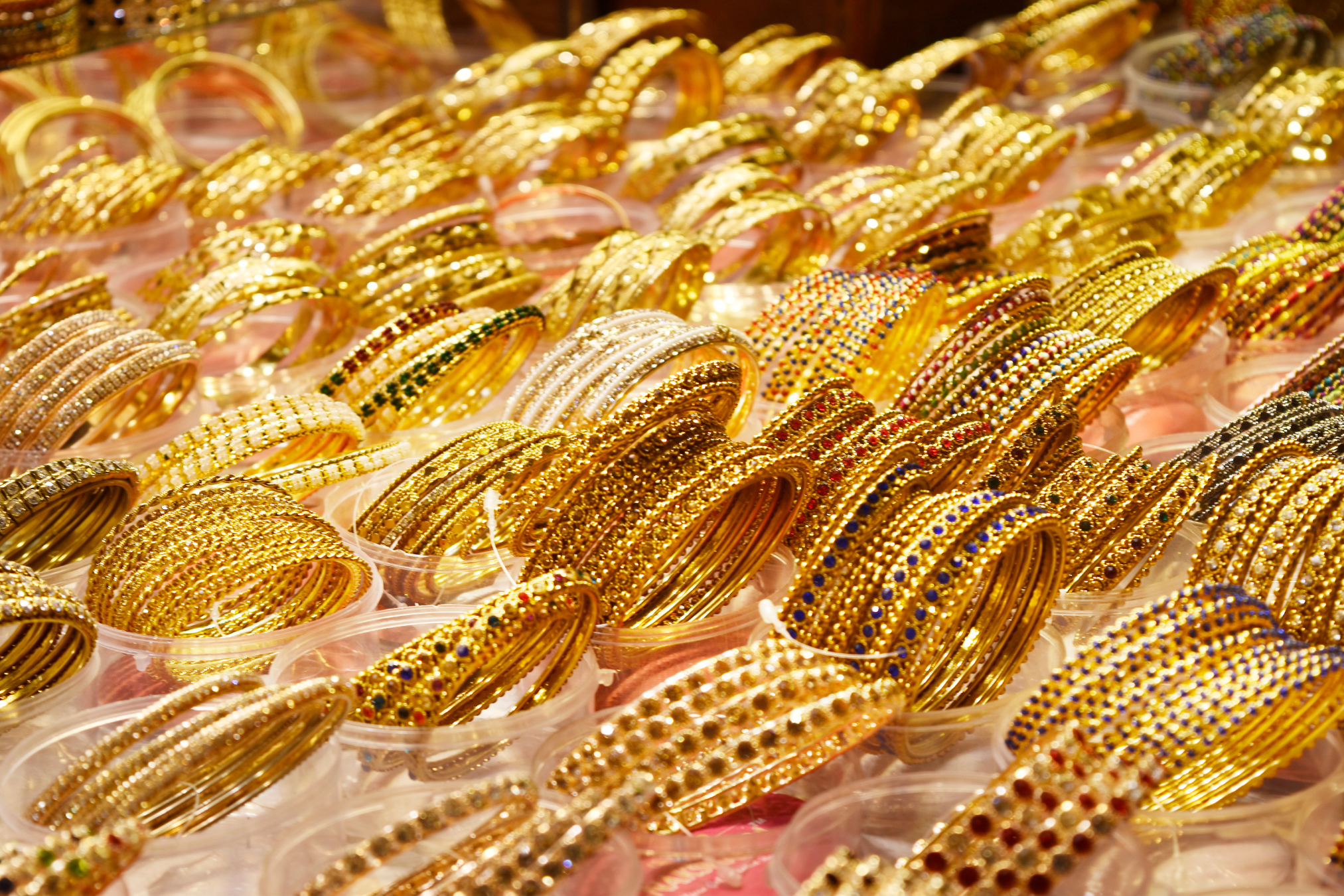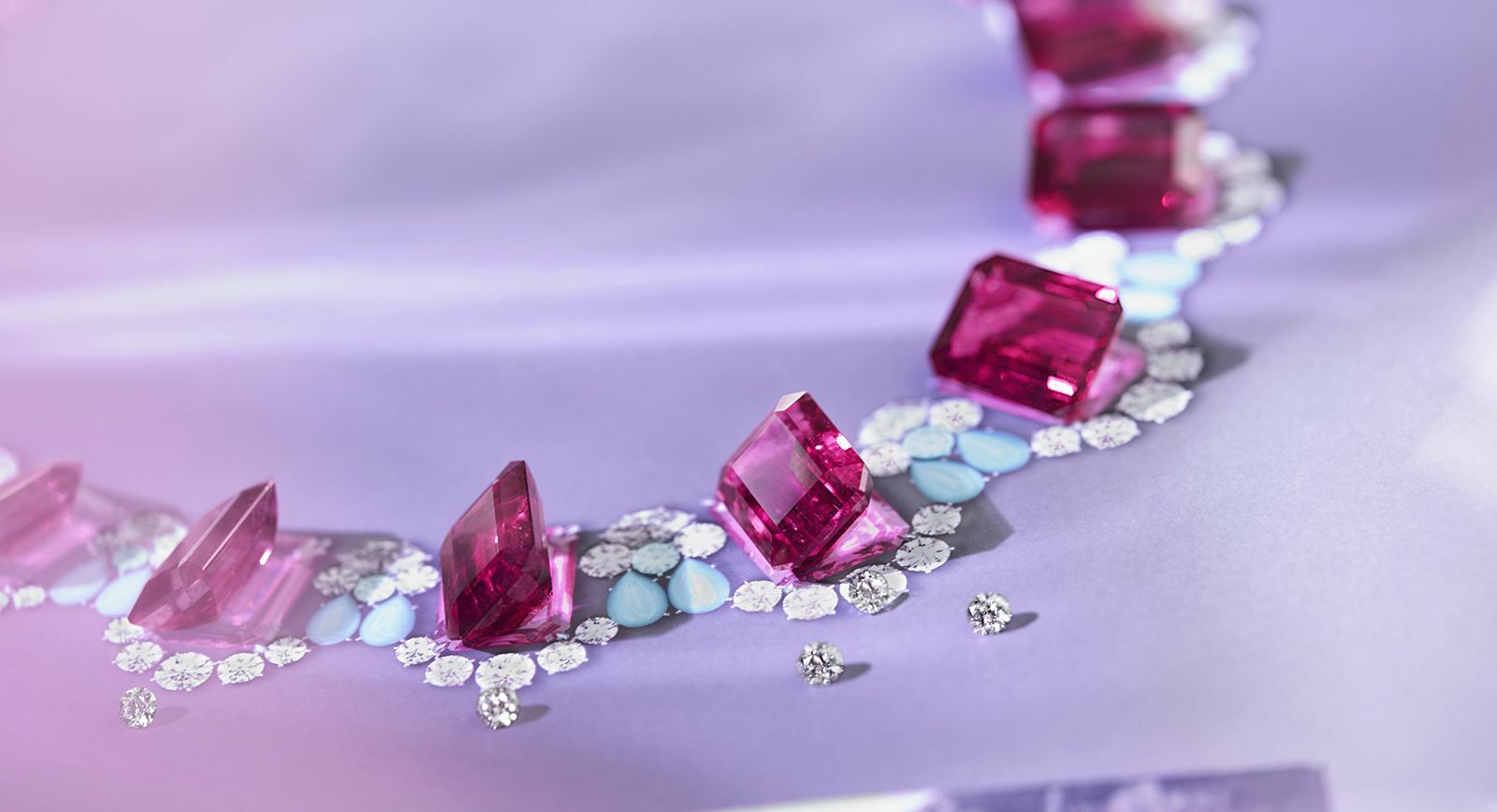
Exploring the World of Forgeries and Replica Jewelry: Juggling Deception and Beauty
Since ancient times, jewelry has had a special position in human civilization because to its artistic value, fine craftsmanship, and symbolic meaning. The appeal of jewelry, with its sparkling diamonds and complex workmanship, has made it an easy target for counterfeiting and imitation. We'll explore the intricacies of this murky world of jewelry duplicates and forgeries in this investigation, learning about the craft of producing lifelike imitations, the moral and legal ramifications, and how to guard against falling prey to dishonest tactics.
The Appeal of Jewelry Replicas
The goal of replica jewelry is to imitate the look of genuine, frequently expensive, items. These replicas are made to closely resemble the original while retaining its visual appeal, giving individuals who want the look but can't afford it an inexpensive option. Important features of imitation jewelry include:
Affordability: The cheaper price of imitation jewelry than authentic items is a major factor in people's decision to buy it. People can experience the aesthetic attraction of a specific design or style without having to spend a lot of money thanks to replicas.
Fashion & Trend-Driven: Replica jewelry frequently reflects current fashion trends or enduring designs, giving people the chance to stay in style without having to shell out a lot of money for a piece that might go out of style.
Everyday Wear: Compared to authentic, expensive jewelry, replica jewelry can be less likely to be lost or damaged, making it a great option for daily wear. This makes it a desirable option for people looking for chic everyday accessories.
Variety and Choice: Since replicas are available in an extensive array of designs, buyers can choose from a large selection of styles, materials, and substitute gemstones.
The Craft of Jewelry Reproduction
Jewelry reproductions must be expertly made, meticulously detailed, and knowledgeable about the original item in order to be believable. Expert jewelers and craftspeople strive to preserve the spirit of the original design while making minute adjustments to set the replica apart from the original. The following techniques can be used to replicate jewelry:
Mold Casting: A popular method is casting replicas in a range of materials, such as alloys, resins, and precious metals, using molds made of the original item.
Setting Substitutes: Replicas can use moissanite, cubic zirconia, or other artificial stones in place of real gemstones. These substitutes closely resemble the radiance and look of real gemstones.
Plating: To simulate the appearance of solid gold or silver, some copies have a thin layer of precious metal plated over them. Although plating can produce an attractive appearance, solid metals are more durable than plating.
Detailed Artistry: Crafting filigree work, engravings, or stone settings typically calls for an exacting attention to detail in order to replicate complicated designs. Artists employ a blend of manual labor and automated procedures to accomplish the intended.
Jewelry Forgeries: When Deception Becomes Necessary
Forgeries, in contrast to reproductions, are purposefully misleading works of art designed to lead people to believe they are buying authentic jewelry. The goal of jewelry forgeries is to trick consumers by making phony items appear real. Important characteristics of fake jewelry include:
Deception: The goal of jewelry forgeries is to fool consumers, frequently by making false claims, forging certificates, and employing other dishonest strategies.
Legal Repercussions: Jewelry forgeries are prohibited and can carry serious legal repercussions for individuals engaged in their production and sale.
Materials Used in Counterfeiting: Although materials used in counterfeiting may resemble genuine metals and gemstones in appearance, they may not have the same inherent worth or quality.
False Claims: Forgers may embellish the origins or histories of their creations to give them a higher perceived value or importance.
Protecting Yourself from Fraudulent Practices
Whether you're looking to buy real or imitation jewelry, it's important to take safety measures to prevent falling for dishonest sales tactics:
Reputable Sellers: Select trustworthy and well-established jewelers from brick-and-mortar and online retailers. Examine the seller's background, peruse online reviews, and, if required, get references.
Documentation: Ask for the appropriate paperwork, such as receipts and authenticity certificates, when buying expensive jewelry. The information regarding the materials and gemstones used should be included in these documents.
Independence: To ensure the authenticity and quality of high-value jewelry, seek independent appraisals and reviews.
Technology's Place in Authentication
Technology is a major factor in confirming the legitimacy of jewelry. Different techniques are used to evaluate the purity and provenance of gemstones, evaluate the metal composition, and identify any embellishments. Among the technologies employed are:
Spectroscopy: The chemical makeup of metals and gemstones can be determined through spectroscopic research. This technology is capable of identifying improvements, modifications, and synthetic materials.
X-ray imaging: This technique can assist differentiate real gemstones from imitations by revealing the interior structure of gemstones.
Testing using ultraviolet (UV) and infrared (IR) light: These techniques can identify the existence of specific treatments, such as coatings on diamonds or oiling in emeralds.
Microscopy: Using powerful microscopes, one can see if a gemstone has inclusions, flaws, or other traits that could point to its genuineness.
The Never-Ending War Against Fake Jewelry
Three main strategies are used to fight jewelry forgeries: industry initiatives, judicial action, and public awareness campaigns.
Industry Vigilance: In an effort to safeguard their intellectual property and preserve the integrity of the jewelry market, jewelers, designers, and brands work together to spot and deal with forgeries.
Legal Action: Across the globe, governments and law enforcement agencies take legal action against individuals and groups engaged in the production and distribution of counterfeit jewelry.
Customer Awareness: One of the most important ways to stop fraudulent transactions is to educate customers about the dangers of forgeries and the value of purchasing from reliable sources.
Conclusion
In the complicated and frequently ambiguous world of jewelry forgeries and copies, dishonesty and beauty coexist. For those who want the elegant appearance of fine jewelry, replicas can offer more reasonably priced options; counterfeits, on the other hand, are intended to trick and mislead consumers. Making sure that one's jewelry purchases are in line with their expectations and values needs careful consideration, education, and ethical behavior when navigating this market. Understanding the differences between these categories is crucial to make knowledgeable and fulfilling decisions in the world of jewelry, whether you are looking for the timeless elegance of real items or the affordable charm of copies.
Charlie & Co. provides a wide assortment of goods suitable for any occasion and taste in a stylish and pleasant retail setting. See our extensive selection of jewelry made of 14k gold. Whether you're looking for innovative patterns or conventional diamonds, our store has something luxurious for any occasion.


